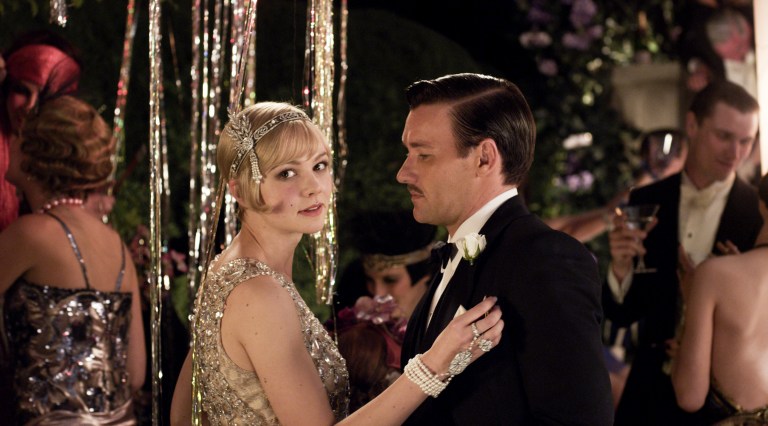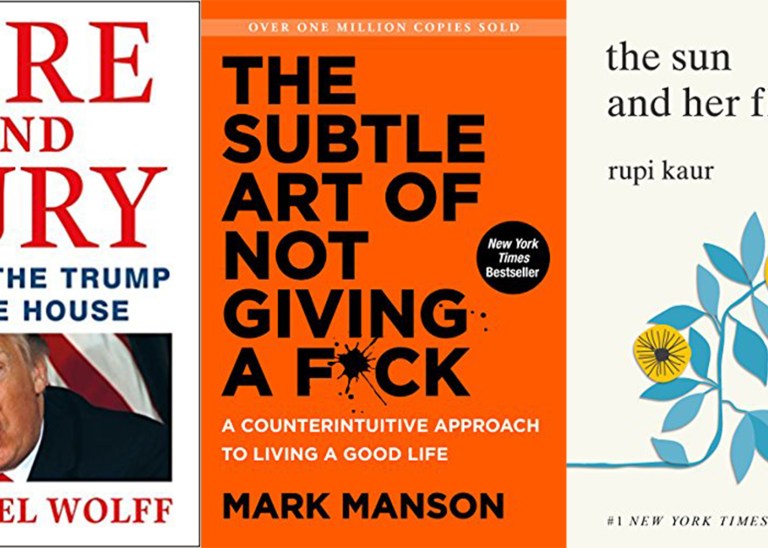How To Effectively Use Flashbacks And Other Helpful Literary Techniques In Fiction Writing
I always tell my students, “A description of a character running is okay. A description of a character running somewhere is better. A description of a character running home from something is even better.”
By ![]() Robert Yune
Robert Yune

Part Two: Writing the Graceful Flashback
I’ve always struggled with flashbacks. My first novel was full of them, to the point where one of my writing professors had to sit me down and say, “As a reader, I spend two minutes with your teenage character in Pittsburgh. Then, I’m yanked back to this character’s childhood in a freaking forest somewhere, and then I’m returned to Pittsburgh for just a paragraph. It feels like I’m a marlin being yanked out of the water by a fisherman in almost every scene.” It was basically a “flashback intervention,” and it taught me a valuable lesson about how disorienting flashbacks can be if overused. Flashbacks in general can be tricky, which is why I was so impressed by the way Celeste Ng uses them in chapter two of Everything I Never Told You.
In this chapter, the author is throwing a lot of vital information at the reader: there are big backstories for two major characters (and backstories for two minor characters). There are five different settings and the chapter itself spans about 58 years. Despite this, it’s never difficult to follow what’s going on. How does the author manage this?
1. Using Flashbacks to Create Suspense
In the ominous final sentence of chapter one, Lydia’s family learns that she is dead. Instead of letting the reader stick around to see the family’s reaction, Ng shoots the reader back in time to learn about Lydia’s parents. This smartly delays an onslaught of grief even while the reader can’t help but wonder, during the next 28 pages, how the family is coping with the news. In other words, this technique keeps the reader turning the pages because they know that they’ll eventually return to the story of Lydia’s very unhappy family.
2. Give Your Flashbacks a Destination
I always tell my students, “A description of a character running is okay. A description of a character running somewhere is better. A description of a character running home from something is even better.” In other words, readers trust you more when they can sense there’s a destination (and that you’re taking them there for a reason).
Every flashback in chapter two has a specific endpoint: Marilyn’s flashback feels like it’s meandering when it describes her schooldays, but it’s actually carefully moving towards the moment when she kisses James in college. After the kiss, James’ big flashback rewinds things to 1900 (when his father immigrated to the USA) and swiftly moves forward to his college days to show the kiss from James’ perspective. Having these two endpoints subtly lets the reader know that the author is going somewhere with all these flashbacks—and with the novel in general. Even if the reader doesn’t quite understand why, he or she trusts the author a little more after finishing this chapter.
After we see the kiss from James’ perspective, the chapter moves forward, chronicling the couple’s courtship and marriage. At the end of the chapter, Ng gives us this ominous sentence: [After the marriage] “That was the last time Marilyn saw her mother.” This reminds the reader of mothers, daughters, and loss, and it’s a subtle/effective way to build up tension before the reader re-enters the present timeline—the one where a teenage girl just drowned.
3. “Chunking” Flashbacks by Gender
Sometimes, instead of weaving past and present together, you need to separate and “chunk” them to make things easier on the reader. As I mentioned before, there’s a lot going on in this chapter, so Ng wisely chunks the flashbacks by gender: in one big flashback chunk, we get Marilyn’s origin story first and, briefly, her mother’s. Then, in another big flashback chunk, we quickly get James’ father’s origin story, and then James’.
In my novel, I tried weaving the past and present together in some chapters. For example, I’d write a scene where my character Tommy was working as a clerk in a 7-Eleven while remembering this time when he was a teenager and was planning a mass shooting at a factory he worked at. But, to be honest, when I was writing this scene, I think I was trying to show off by creating a complicated timeline. As it turned out, what happened in the past was far more compelling, so I wisely revised that chapter so it was entirely set in the past.
Celeste Ng carefully picks out which details are important and streamlines the rest. Did you ever notice how many Disney characters come from single-parent households? That’s because it’s a lot cheaper to draw just Mufasa (or the Sultan of Agrabah, or whatever Cinderella’s dad was named) instead of Mufasa + Queen Mufasa. In this chapter, focusing on one parent for both Marilyn and James has a similar effect. Shortening the cast list allows the reader to spend more time with the characters who matter. And fortunately (as opposed to Disney movies), the important parents in EINTY aren’t all dudes.
4. When You’re “Telling,” Don’t Sleep on the Sensory Details
When you’re “telling,” or writing exposition, it’s easy to start spouting information at the reader. Here’s the “Just the facts, ma’am” version of chapter two’s opening: Marilyn was a freshman at Radcliffe in 1955. She was from Virginia, originally. She was headstrong and determined to excel academically. Her academic advisor was surprised she wanted to major in physics instead of nursing. Zzz.
Instead, Celeste Ng lets us see Marilyn’s academic advisor, “a plump man with a tweed suit and a crimson bowtie, a dark gray hat brim-down on the table beside him.” We get to hear him speak, and we see an interesting gender-related conflict play out between them. Even in sections where there’s a lot of “telling,” Ng uses specific examples and the reader gets to hear, for example, the condescending phrases used by male students in the lab. These small sensory details in exposition are pretty flourishes, but they also prevent those sections from feeling like stale, obligatory “information dumps.”
Optional Writing Prompt:
Here is a writing prompt inspired by the chapter. If you come up with something you’d like to share, please feel free to include it in the comments section:
Inject sensory details (sight, smell, touch, taste, hearing) into the following exposition in order to make it more lively:
In the year 1952, John, a teenager in Virginia, wanted to take home-economics courses in high school. The school was located in a suburban neighborhood in Virginia. John’s parents disapproved, and so did his guidance counselor. In the counselor’s office, there were three chairs, a desk, and a metal fan. Eventually, John convinced the guidance counselor to let him take home-ec.
I’ll post my version in the comments section in a couple days. Can’t wait to see what you come up with! ![]()





